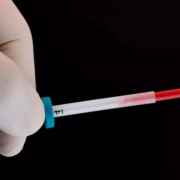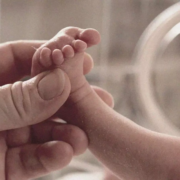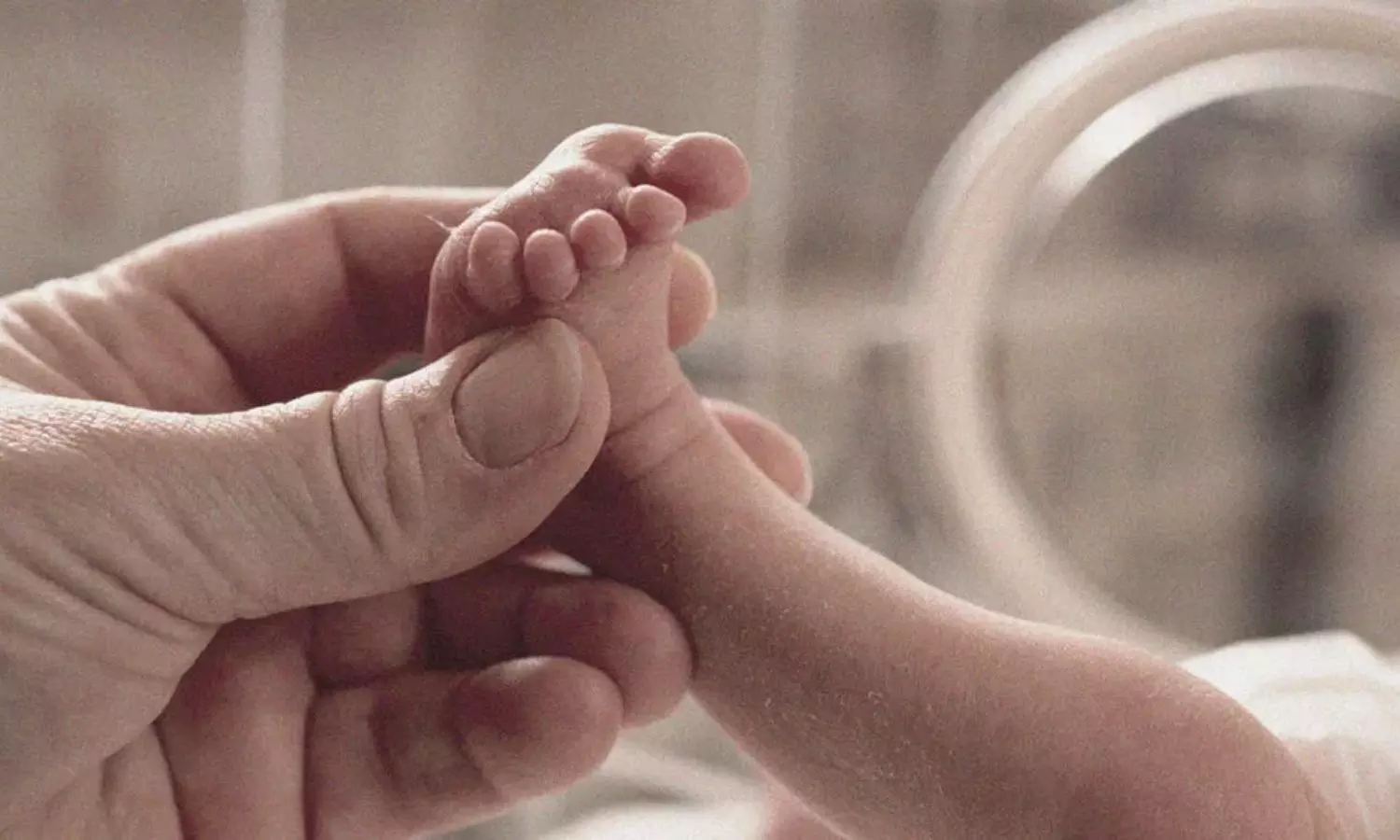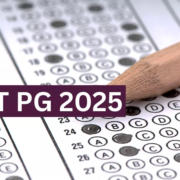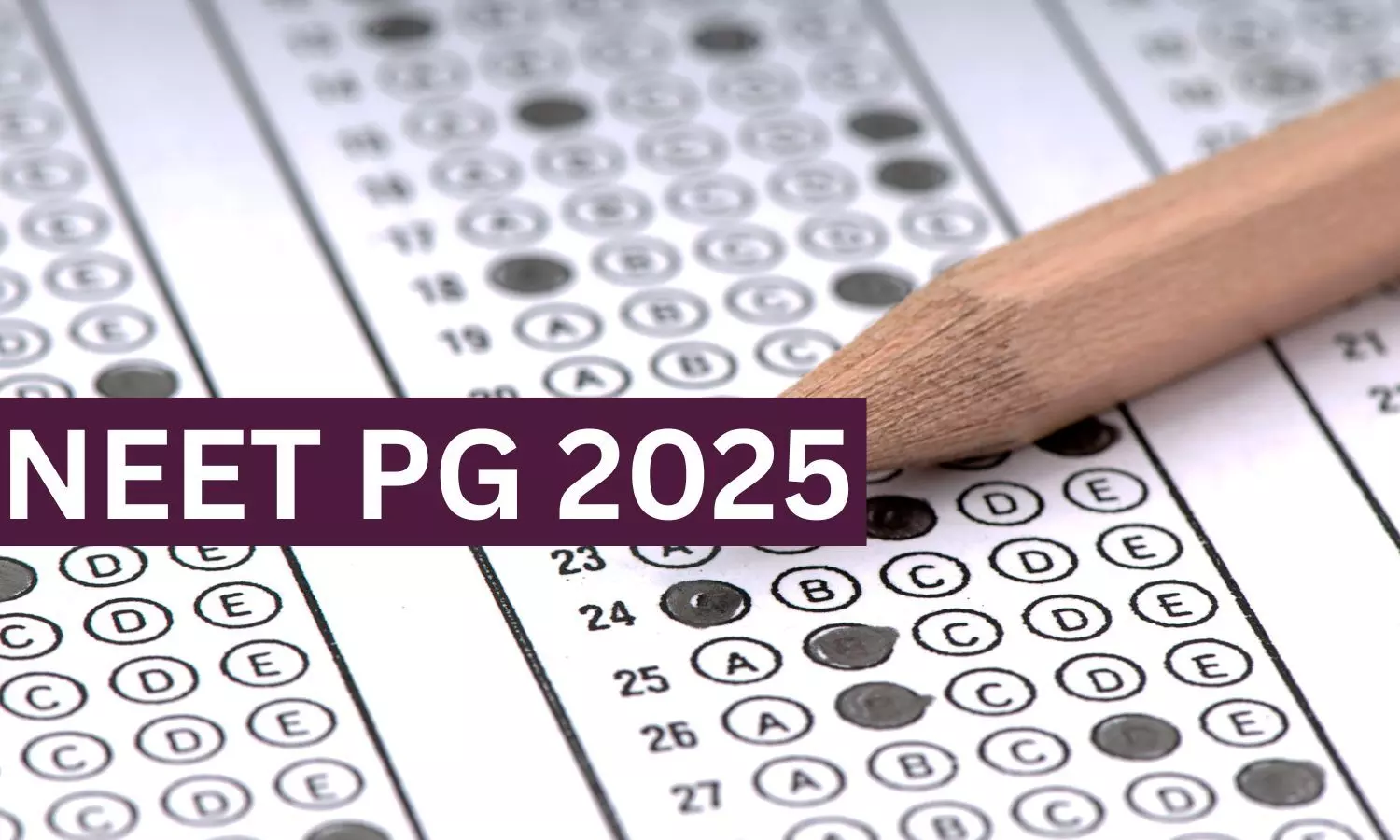NEJM Study compares contraceptive efficacy and side effects of Mini copper IUD with other contraceptive devices
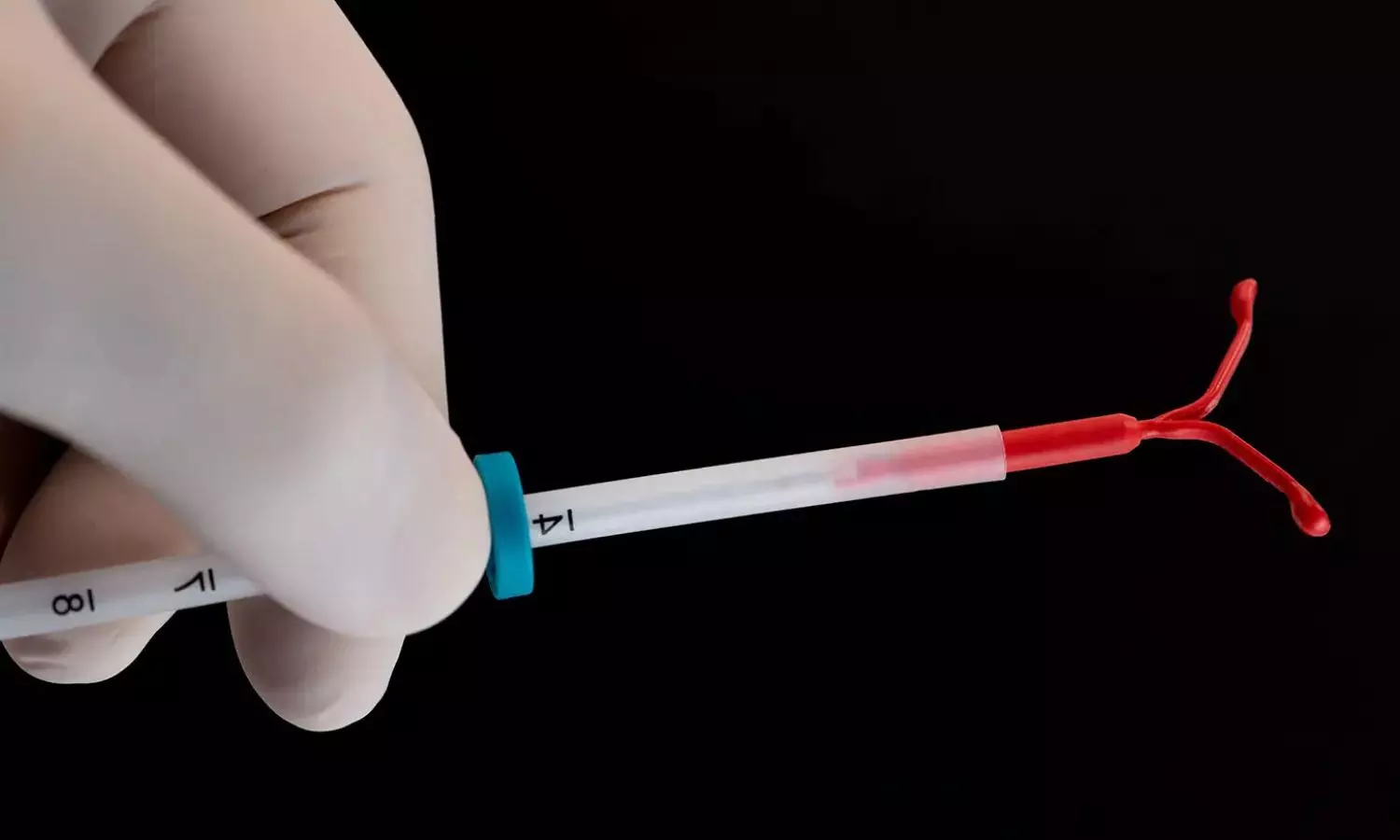
A new study published in The New England Journal of Medicine has found that the NTCu380 Mini IUD provides the same pregnancy prevention with fewer side effects than the widely used TCu380A copper IUD. This is what they concluded after a large-scale randomized trial of almost 1,100 women between 16 and 40 years that both the IUDs are copper-bearing and share a surface area of 380 mm² but vary in size and user ratings. The study was conducted by Courtney A. and colleagues.
A total of 1,105 participants were recruited and were randomly allocated 4:1: 887 received the NTCu380 Mini, while 218 received the TCu380A. The majority of participants were nulliparous (744 [83.9%] in the NTCu380 Mini group and 183 [83.9%] in the TCu380A group), which renders the results especially applicable to younger or first-time IUD users. Participants were followed for 37 months and a measure of efficacy, the Pearl Index, was used as the major outcome indicator, determining pregnancies per 100 woman-years in participants aged 35 or less. Other outcomes were time to pregnancy survival analysis, adverse event rates, and continuation of the device.
Key Findings
-
The 3-year Pearl Index of the NTCu380 Mini IUD was 1.86 (95% CI: 1.20–2.74), and the cumulative 3-year pregnancy rate was 4.8% (95% CI: 2.8–6.9%).
-
Successful placement was accomplished in 98.6% of the NTCu380 Mini group and 97.7% of the TCu380A group.
-
Adverse events (AEs), 3.5% in NTCu380 Mini users and 1.9% in TCu380A users, reported serious AEs, although this was not a statistically significant difference (P = 0.28).
-
AEs that resulted in discontinuation were significantly lower with the NTCu380 Mini group, 20.8% versus 33.2% with TCu380A (P = 0.001).
-
Bleeding or pelvic pain resulted in discontinuation in 14.5% of NTCu380 Mini users compared with 27.3% of TCu380A users (P < 0.001).
-
Although both IUDs had high efficacy in preventing pregnancy, the NTCu380 Mini had an improved side effect and continuation profile.
-
Among users of the NTCu380 Mini, 449 participants (51.3%) had stopped use at the end of the study compared with 122 participants (57.3%) among the TCu380A group (P = 0.07).
-
This indicates a slightly better continuation among NTCu380 Mini users. The significantly lower discontinuation rate because of pain or bleeding also indicates its improved tolerability.
In a heterogeneous group of predominantly nulliparous women, the NTCu380 Mini IUD had an approximately 5% pregnancy rate at 3 years, with a reduced frequency of side effects that resulted in discontinuation compared with the TCu380A IUD. These findings validate the NTCu380 Mini as an effective and more acceptable alternative to available copper IUDs in clinical practice.
Reference:
Schreiber, C. A., Nanda, K., Hubacher, D., Turok, D. K., Jensen, J. T., Creinin, M. D., White, K. O., Dayananda, I., Teal, S. B., Chen, P.-L., Chen, B. A., Goldberg, A. B., Kerns, J. L., Dart, C., Nelson, A. L., Thomas, M. A., Archer, D. F., Brown, J. E., Castaño, P. M., … Blithe, D. L. (2025). Contraceptive efficacy and comparative side effects of a Mini copper intrauterine device. NEJM Evidence, 4(8), EVIDoa2400480. https://doi.org/10.1056/EVIDoa2400480
Powered by WPeMatico

